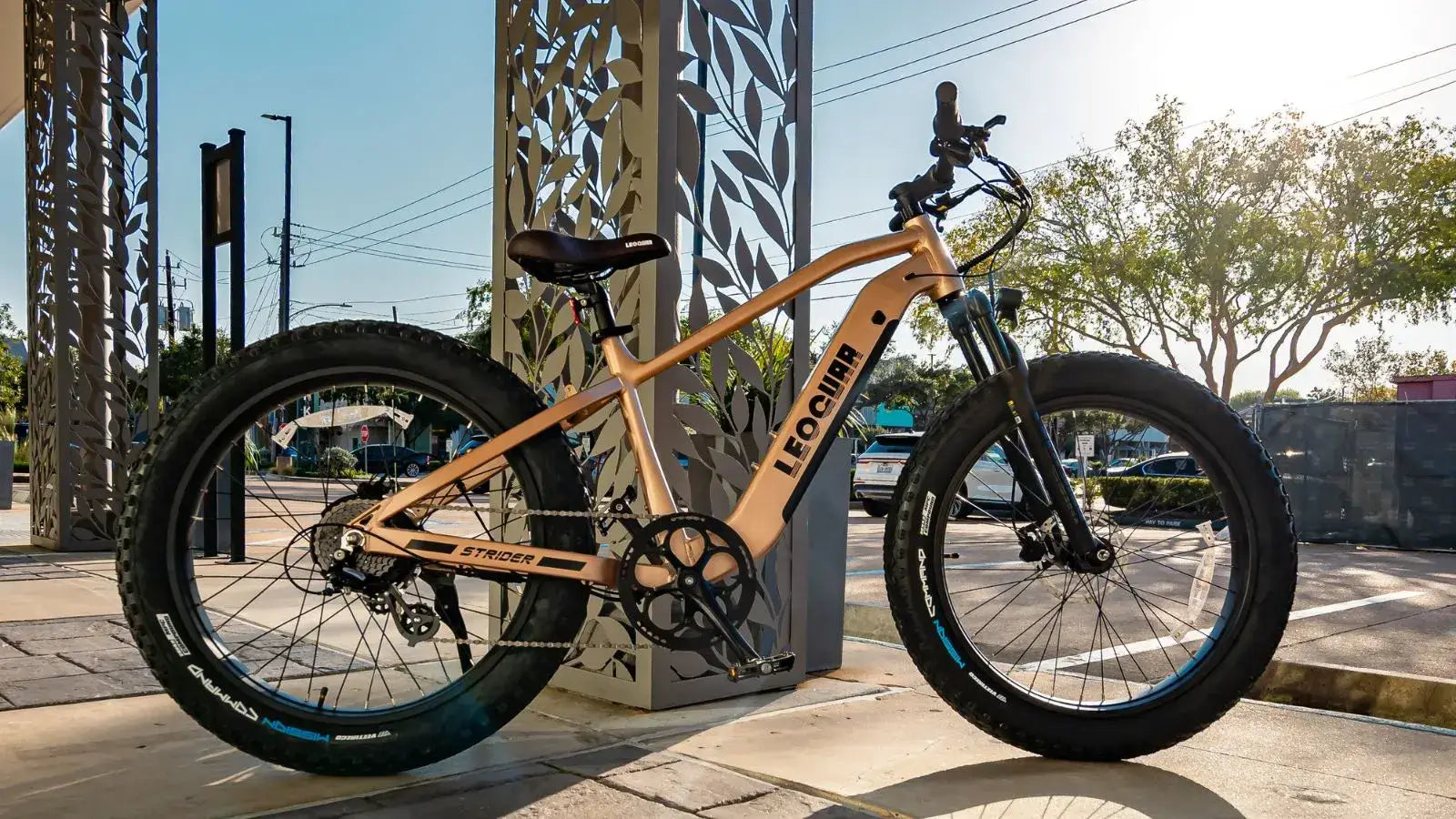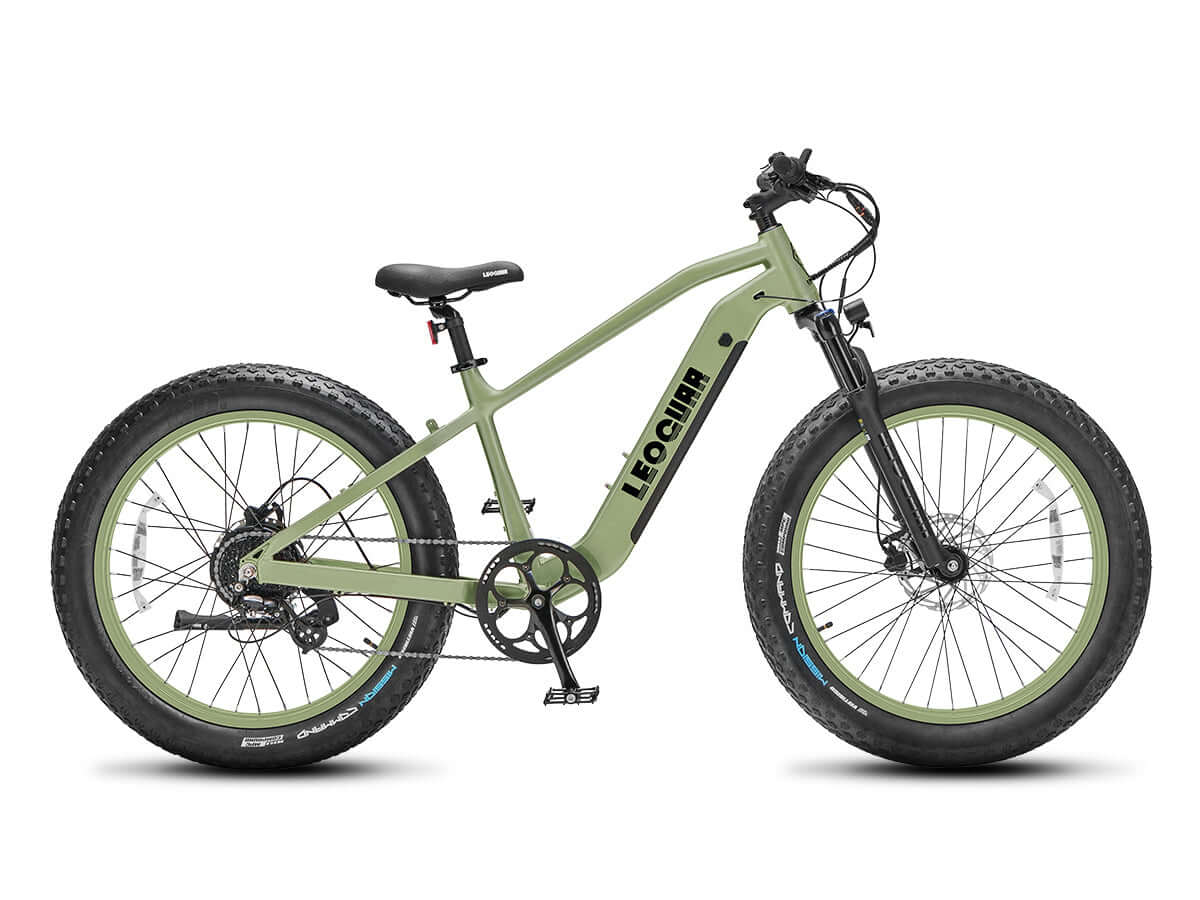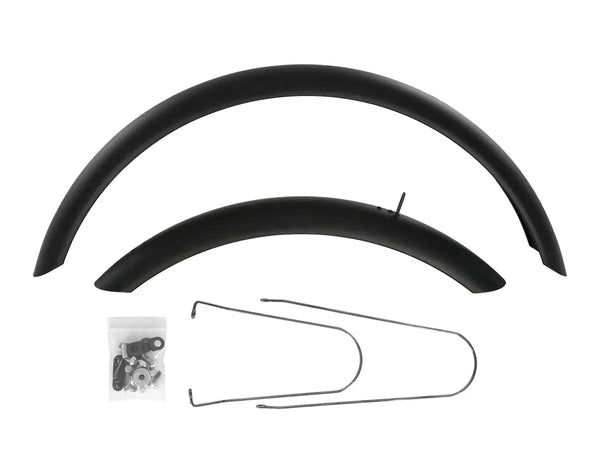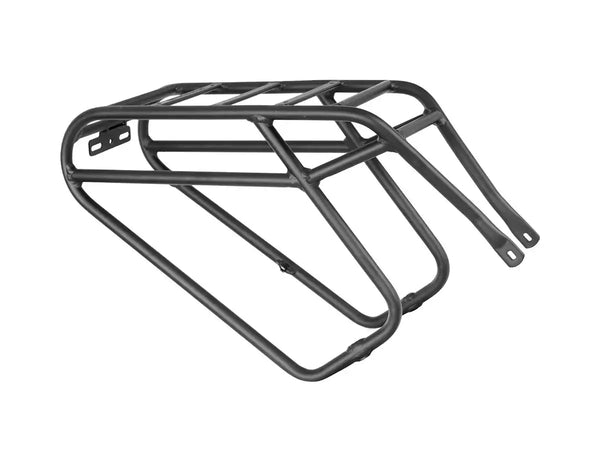
Electric Road Bike Guide: Your Complete E-Bike Overview
More Than a Motor
You've seen it on the road: a cyclist on a bike that looks just like any other sleek, drop-bar machine. But they're gliding up a steep climb with an uncanny, quiet efficiency. What you've likely witnessed is an electric road bike.
Forget the image of a bulky, heavy e-bike designed for city cruising. An electric road bike is a performance-oriented bicycle that looks, handles, and largely feels like a traditional road bike. Its defining feature is a subtle, integrated electric assistance system designed to boost your power, not replace it.
The core philosophy revolves around lightweight design, seamless integration, and preserving a natural ride feel. This category is a specialized subset of the broader world of the electrically assisted pedal cycle, created for riders who love the experience of road cycling but want to extend their capabilities. It's not about getting a free ride; it's about making challenging rides more accessible and enjoyable.
Understanding E-Bike Basics
To appreciate what makes an electric road bike unique, it's helpful to understand the fundamentals of all e-bikes. Every e-bike, regardless of style, shares three core components: a motor to provide assistance, a battery to power the motor, and a controller or display to manage the system.
The assistance itself is delivered in two main ways. The first is pedal-assist, where sensors detect your pedaling (either your cadence or the torque you apply) and the motor adds a proportional amount of power. This is the hallmark of a high-performance system. The second is a throttle, which works like a motorcycle's, delivering power on demand without any need to pedal.

In the United States, these features are used to legally define the three e-bike classifications:
- Class 1: Features a pedal-assist-only motor that provides assistance up to 20 mph. These are the most widely accepted e-bikes on bike paths and trails.
- Class 2: Also has a top assisted speed of 20 mph but includes a throttle, allowing the bike to be propelled without pedaling. You will not find this on a true electric road bike.
- Class 3: A pedal-assist-only system (like Class 1) but with a higher maximum assisted speed of 28 mph. These are often called "speed pedelecs" and are ideal for fast commuting, though they may face more restrictions on multi-use paths.
The Specialist E-Road Bike
An electric road bike is defined by its unwavering focus on the cycling experience. The design philosophy is simple: it should ride like an exceptional analog bike, with the motor acting as a silent partner for the toughest moments. This specialization is evident in several key areas.
First is the use of lightweight, low-torque motor systems. Instead of powerful, heavy motors designed for maximum propulsion, electric road bikes use compact drive units that prioritize a low weight penalty and quiet operation. Systems from TQ, Mahle, and Fazua are common on lightweight e-road bikes because they are virtually silent and create almost no drag when turned off.
Second, integration is paramount. The battery and motor are often so well hidden within the downtube and bottom bracket that the bike is indistinguishable from a non-electric model at a glance. Controls are minimalist, often just a single button on the top tube or discreet switches on the handlebars, preserving the clean aesthetic of a modern road bike.
Third, the geometry is pure road performance. The frame angles, tube shapes, and riding position are aggressive and aerodynamic, designed for efficiency and speed. This is in stark contrast to the upright, comfort-focused geometry of a hybrid or cruiser e-bike.
Finally, the power delivery is engineered to feel natural. Advanced torque sensors measure your exact power input, millisecond by millisecond, and deliver assistance that is perfectly proportional. There's no sudden lurch or push; it feels like you simply have a tailwind on demand or are having a phenomenally strong day on the bike.
| Feature | Electric Road Bike | Commuter/Hybrid E-Bike | Traditional Road Bike |
|---|---|---|---|
| Typical Weight | 11-15 kg (24-33 lbs) | 18-28 kg (40-62 lbs) | 7-10 kg (15-22 lbs) |
| Frame Geometry | Aggressive, aerodynamic | Upright, comfort-focused | Aggressive, aerodynamic |
| Motor Philosophy | Lightweight, subtle assist | Utility, powerful propulsion | N/A |
| Primary Use Case | Performance riding, climbing | Commuting, transport, leisure | Performance riding, racing |
| Tire Size | 28-35mm | 38-50mm | 25-32mm |
| Ride Feel | Natural, augmented power | Assisted, sometimes moped-like | Direct, unassisted |
The On-Road Experience
Technical specifications only tell half the story. What truly matters is how an electric road bike feels to ride. We find it's less about raw power and more about refined assistance that transforms the most challenging parts of a ride.
On a steep climb, the bike doesn't do the work for you. Instead, it neutralizes the punishing gradient, allowing you to maintain a steady cadence and heart rate. A 10% grade that would normally have you grinding out of the saddle becomes a manageable power workout, challenging but not defeating.
In a group ride, it's an equalizer. If you're trying to keep up with faster friends, the subtle assistance allows you to hang with the pack on climbs or into a headwind without constantly sitting in the draft. It facilitates a more social and inclusive experience, ensuring no one gets dropped.
Riding into a stiff headwind is one of the most demoralizing parts of cycling. On an electric road bike, you can dial in a low level of assistance that effectively cancels out the wind's resistance. You still have to pedal, but the soul-crushing feeling of going nowhere fast is gone. Perhaps the greatest benefit is the extension of range. That 100-mile century ride that felt just out of reach now becomes a tangible goal.
The motor assistance helps conserve energy over the long haul, reducing fatigue and ensuring you have the strength to finish your epic adventure safely and with a smile. When you exceed the motor's speed limit or simply turn it off, you are left with the pure experience of pedaling a high-performance—albeit slightly heavier—road bike.
Is It For You?
An electric road bike is a specialized tool, perfectly suited for certain riders but not the right choice for everyone. Understanding where you fit is key to making a good decision.
Ideal Candidates:
-
The Comeback Rider: For someone returning to cycling after an injury, illness, or long hiatus, an electric road bike is an incredible tool. It allows you to manage effort, avoid overexertion, and safely rebuild fitness while still enjoying long, rewarding rides.
-
The Group Ride Equalizer: If you want to ride with a partner or group that is significantly faster, this bike bridges the fitness gap. It allows couples and friends to share the joy of cycling together, regardless of individual ability.
-
The Super Commuter: For those with a long or hilly commute, an electric road bike offers the perfect blend of a great workout and practicality. You get the speed and efficiency of a road bike without arriving at your destination completely exhausted.
-
The Adventurous Explorer: If you dream of tackling epic mountain passes or multi-day tours but are limited by time or endurance, an electric road bike opens up a new world of possibilities. It gives you the confidence to venture further and explore more ambitious routes.

Who Should Look Elsewhere:
-
The Purist or Racer: If the core appeal of cycling for you is the unassisted physical challenge, or if you compete in non-e-bike events, the added weight and motor are unnecessary.
-
The Utility-Focused Rider: If your primary need is to haul groceries, transport children, or carry heavy loads, a purpose-built electric cargo or utility bike is a much better and safer tool for the job.
-
The Throttle Seeker: If you want a bike that does most of the work with minimal pedaling, a Class 2 commuter or cruiser with a throttle will be a much better fit for your expectations.
Ultimately, deciding which suits you is the most important first step.
The E-Bike Family
The electric road bike is just one member of a large and diverse e-bike family. Understanding how it compares to its relatives helps clarify its specific purpose. Despite their differences, all these machines are generally regulated the same as bicycles, not as motor vehicles.
-
Electric Hybrid/Commuter Bikes: These are the versatile all-rounders of the e-bike world. They feature a more comfortable, upright riding position and are often equipped with racks, fenders, and lights for everyday practicality.
-
Electric Mountain Bikes (eMTB): Built for rugged off-road trails, eMTBs have robust frames, long-travel suspension, and high-torque motors designed to power up steep, technical climbs.
-
Electric Cargo/Utility Bikes: These are the car replacements of the cycling world. With long wheelbases and powerful motors, they are designed to carry heavy loads, from a week's worth of groceries to multiple children.
-
Electric Cruiser/Lifestyle Bikes: Focused entirely on comfort and style, these bikes are for leisurely rides on bike paths and flat city streets. They feature wide handlebars, plush saddles, and a relaxed riding position.
Frequently Asked Questions
Q: How far can I ride on a single charge with an electric road bike?
A: Most electric road bikes can travel 40-80 miles on a single charge, depending on the battery size, assistance level used, terrain, and your pedaling input. Using lower assistance levels and pedaling more actively will extend your range significantly.
Q: Are electric road bikes legal on bike paths and trails?
A: Class 1 electric road bikes (pedal-assist only, up to 20 mph) are legal on most bike paths and trails in the United States. However, regulations vary by location, so always check local rules before riding on specific trails or bike paths.
Q: How much do electric road bikes weigh compared to regular road bikes?
A: Electric road bikes typically weigh 24-33 pounds, which is about 10-15 pounds heavier than a traditional road bike. This extra weight comes from the motor, battery, and associated electronics, but modern systems keep this penalty relatively low.
Q: Can I still get a good workout on an electric road bike?
A: Absolutely! Electric road bikes use pedal-assist technology, which means you still need to pedal to get assistance. You can adjust the assistance level or turn it off completely to control workout intensity. Many riders find they actually ride more often and for longer distances, getting more exercise overall.
Q: What happens if the battery runs out during a ride?
A: When the battery is depleted, you can still ride the bike normally - it just becomes a slightly heavier traditional road bike. Quality electric road bikes are designed to have minimal drag when the motor is off, so while you'll notice the extra weight, the bike remains rideable.











































Leave a comment